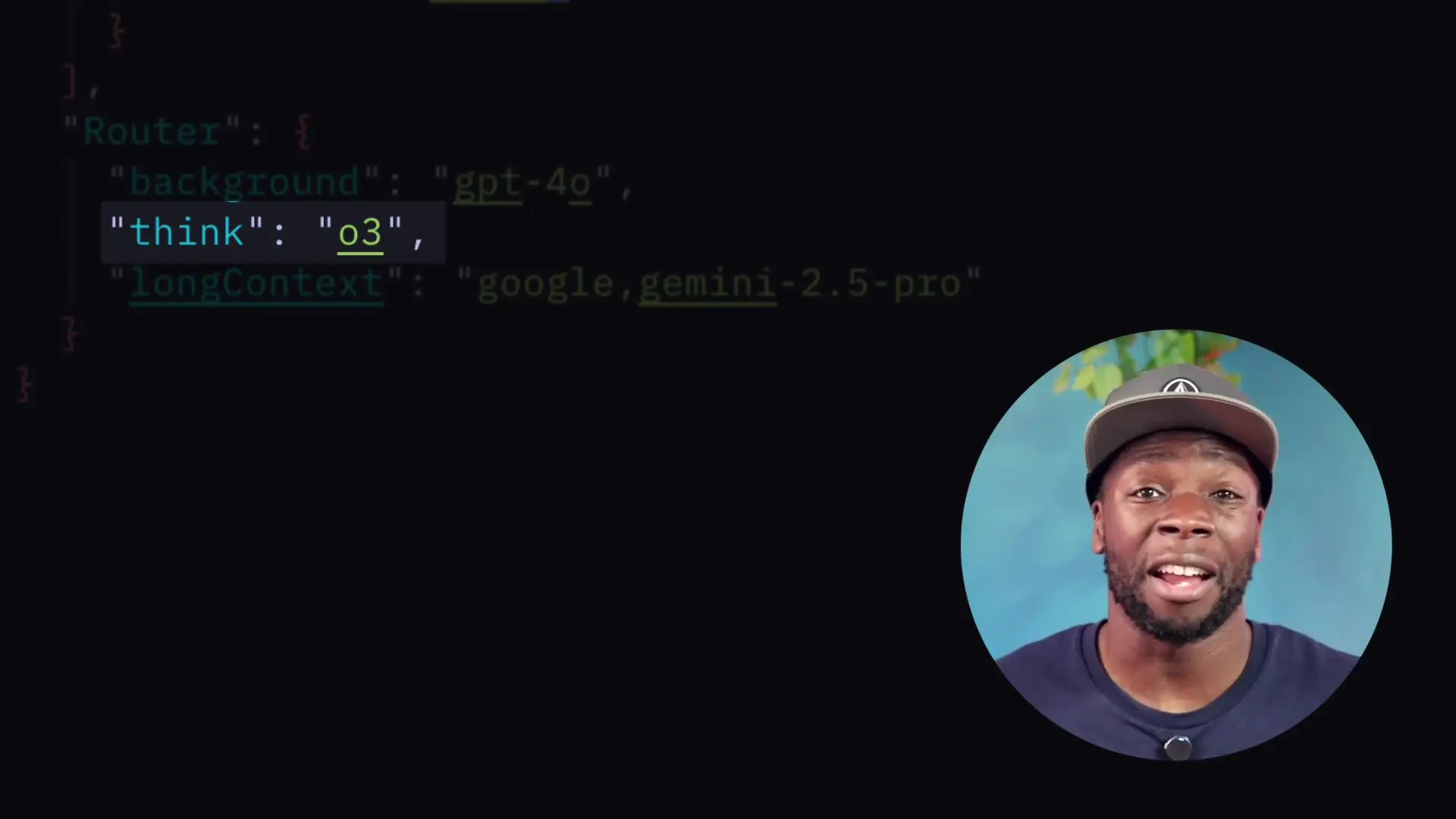
Claude Code Router (or simply 'router') offers developers a clever way to unlock Claude Code's powerful features while working with alternative AI models. Whether you prefer GPT-4.1, Gemini 2.5 Pro, or local models like Llama or DeepSeek, this tool lets you access Claude's impressive capabilities including MCP servers, specialized tools, and custom slash commands without being limited to Claude models exclusively.

How Claude Code Router Works
At its core, Claude Code Router is an Express server that runs locally on your machine and intercepts requests that Claude Code would normally send to Anthropic's servers. This clever approach allows you to redirect those requests to other AI model providers while still maintaining the Claude Code interface and functionality.
The router works because Claude Code is essentially a terminal application that makes API requests to process data. By intercepting these requests through middleware and plugins, Claude Code Router can modify request parameters and redirect them to alternative AI providers.
Setting Up Claude Code Router
Getting started with Claude Code Router involves a straightforward setup process:
- Install Claude Code Router using your package manager of choice
- Create a JSON configuration file to specify your preferred models and providers
- Run the router server and connect Claude Code to it
- Use Claude Code as you normally would, but now with your selected models
Configuration File Setup
The configuration file is where you'll specify which models Claude Code should use. One interesting aspect of Claude Code Router is that it requires configuring three distinct models to handle different types of tasks:
- Background Model: Handles simpler tasks like writing summaries that don't require advanced intelligence
- Think Model: Manages complex tasks requiring higher intelligence, such as writing code or creating plans
- Long Context Model: Used when the context length exceeds 32K tokens (perfect for models like Gemini 2.5 Pro)

This multi-model approach replicates how Claude Code typically operates, using different models for different aspects of its functionality. While the OpenAI section in the configuration can be used for any model provider (not just OpenAI), you'll need to properly define these three model roles for optimal performance.
Limitations and Considerations
While Claude Code Router offers an impressive way to extend Claude's capabilities to other models, there are some important limitations to consider:
- Non-Claude models aren't optimized for Claude Code's interface and may require additional prompting
- Other models often struggle with Claude Code's workflow, requiring more guidance to produce code
- Claude models are naturally better at using Claude Code features without explicit instructions
- Performance may vary significantly depending on which alternative model you're using
These limitations stem from the fact that Claude Code was designed specifically for Claude models, not as a universal interface. Non-Claude models may start and stop unexpectedly or need additional prompting to use tools correctly, whereas Claude models intuitively understand how to leverage the available features.

Alternatives to Consider
For developers who find Claude Code Router's limitations too restrictive, there are alternatives worth exploring. Open Code, for example, was designed from the ground up to support multiple AI models rather than being adapted from a single-model system. This purpose-built approach can often yield better results when working with non-Claude models.
That said, Claude Code Router still represents an innovative solution for those who prefer Claude Code's interface but need the flexibility to work with other AI models. It effectively bridges the gap between Claude's powerful development environment and the broader AI model ecosystem.
Optimizing Your Claude Code Router Experience
To get the most out of Claude Code Router, consider these prompt hacks and optimization strategies:
- Be more explicit with non-Claude models about using available tools
- Break complex tasks into smaller steps when using alternative models
- Use clear, detailed prompts that specify exactly what you need
- Experiment with different model combinations for background, thinking, and long-context tasks
- Consider using Claude models for complex coding tasks and alternative models for simpler operations
With these strategies, you can maximize the benefits of Claude Code Router while minimizing its limitations. The tool represents an exciting development in the AI coding assistant space, offering developers more flexibility and choice in how they leverage these powerful technologies.
Conclusion
Claude Code Router demonstrates the ingenuity of the developer community in extending and enhancing AI tools beyond their original design parameters. While it may not deliver the same seamless experience as using Claude models with Claude Code directly, it opens up new possibilities for developers who prefer working with alternative AI models but still want access to Claude Code's powerful features.
As AI development tools continue to evolve, we may see more official cross-compatibility between different platforms and models. Until then, tools like Claude Code Router provide a valuable bridge, giving developers more options and flexibility in their AI-assisted coding workflows.
Let's Watch!
Claude Code Router: How to Use Any AI Model with Claude's Advanced Features
Ready to enhance your neural network?
Access our quantum knowledge cores and upgrade your programming abilities.
Initialize Training Sequence